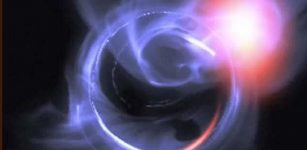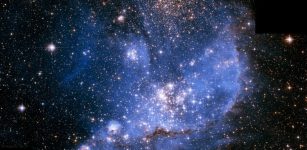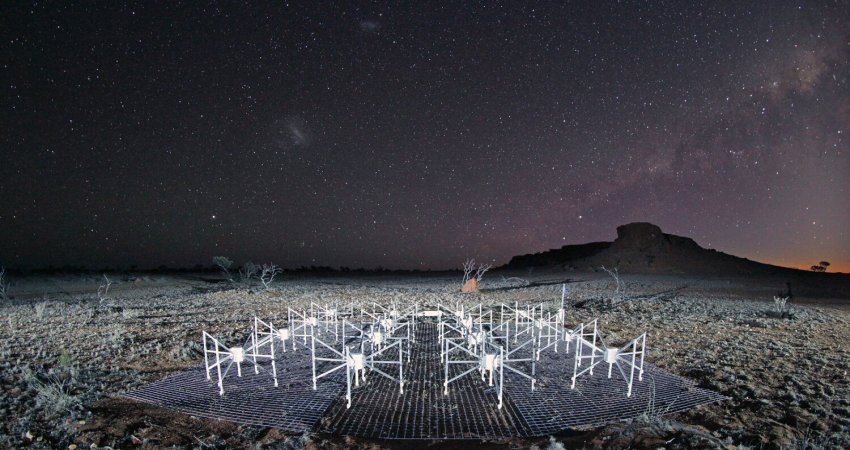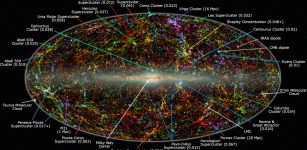Astronomers Observe Young Star Forming Like A Planet
MessageToEagle.com – While observing the young star, astronomers led by Dr John Ilee from the University of Leeds discovered that the object has also a companion in orbit around it.
The main object, referred to as MM 1a, is a young massive star surrounded by a rotating disc of gas and dust that was the focus of the scientists’ original investigation.
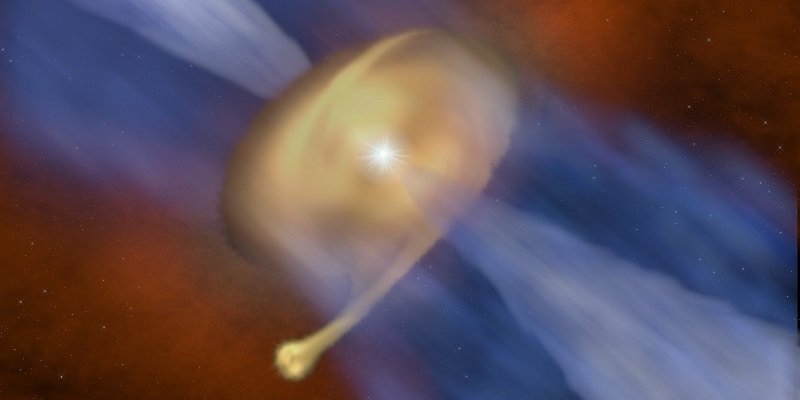
A faint object, MM 1b, was detected just beyond the disc in orbit around MM 1a. This is one of the first examples of a “fragmented” disc to be detected around a massive young star.
“Stars form within large clouds of gas and dust in interstellar space,” Dr John Ilee, from the School of Physics and Astronomy at Leeds said in a press release.
“When these clouds collapse under gravity, they begin to rotate faster, forming a disc around them. In low mass stars like our Sun, it is in these discs that planets can form.”
“In this case, the star and disc we have observed is so massive that, rather than witnessing a planet forming in the disc, we are seeing another star being born.”
Astronomers used the Atacama Large Millimetre/submillimetre Array (ALMA) and measured the amount of radiation emitted by the dust, and subtle shifts in the frequency of light emitted by the gas, the researchers calculated the mass of MM 1a and MM 1b.
MM 1a weighs 40 times the mass of our Sun. The smaller orbiting star MM 1b was calculated to weigh less than half the mass of our Sun.
“Many older massive stars are found with nearby companions,” added Dr Ilee.
“But binary stars are often very equal in mass, and so likely formed together as siblings. Finding a young binary system with a mass ratio of 80:1 is very unusual, and suggests an entirely different formation process for both objects.”
The favored formation process for MM 1b occurs in the outer regions of cold, massive discs. These “gravitationally unstable” discs are unable to hold themselves up against the pull of their own gravity, collapsing into one – or more – fragments.
The newly-discovered young star MM 1b could also be surrounded by its own circumstellar disc, which may have the potential to form planets of its own – but it will need to be quick.
Dr Ilee added: “Stars as massive as MM 1a only live for around a million years before exploding as powerful supernovae, so while MM 1b may have the potential to form its own planetary system in the future, it won’t be around for long.”
MessageToEagle.com


